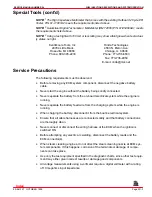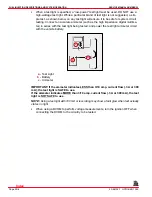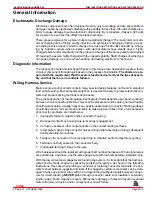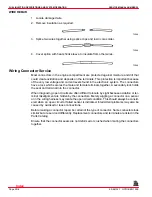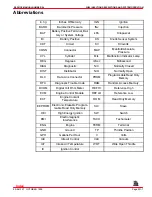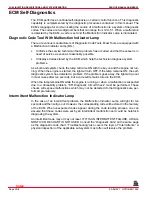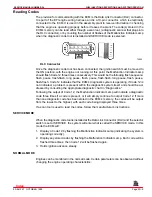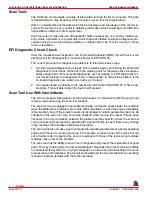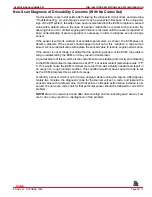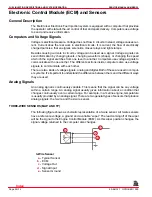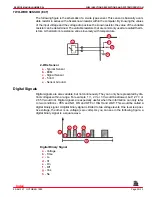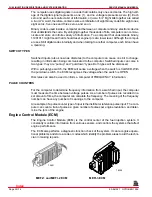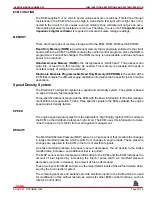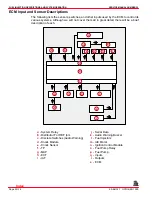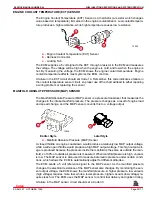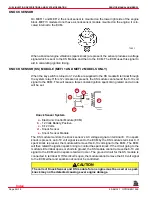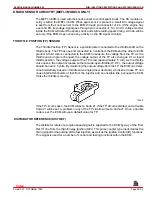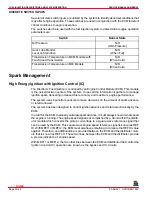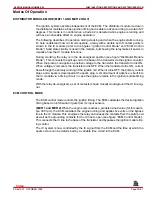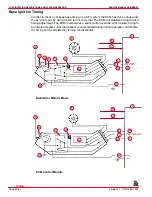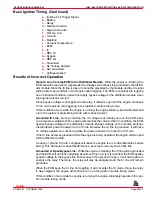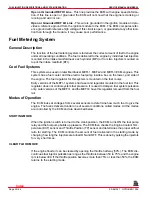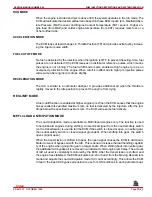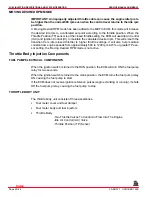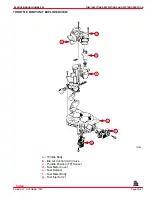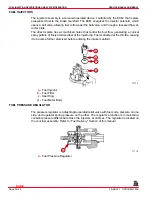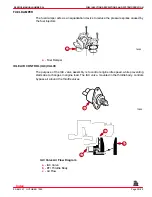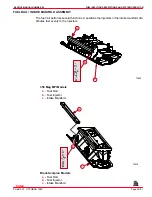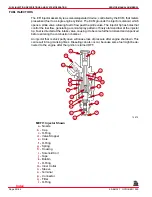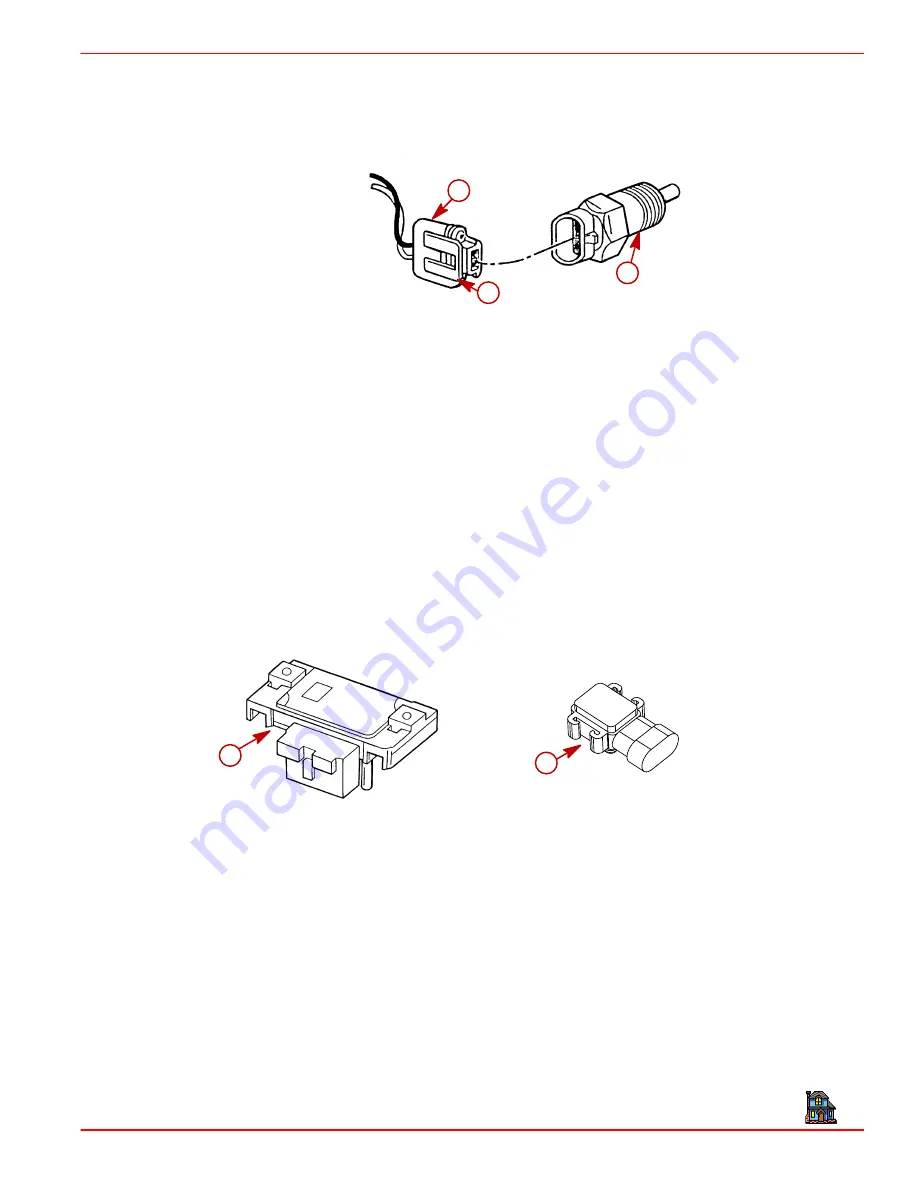
FUEL INJECTION DESCRIPTIONS AND SYSTEM OPERATION
SERVICE MANUAL NUMBER 24
90-861327 OCTOBER 1999
Page 5D-17
ENGINE COOLANT TEMPERATURE (ECT) SENSOR
The Engine Coolant Temperature (ECT) Sensor is a thermistor (a resistor which changes
value based on temperature) immersed in the engine coolant stream. Low coolant tempera-
ture produces a high resistance, while high temperature causes low resistance.
73052
a
b
c
a -
Engine Coolant Temperature (ECT) Sensor
b -
Harness Connector
c -
Locking Tab
The ECM supplies a 5 volt signal to the ECT through a resistor in the ECM and measures
the voltage. The voltage will be high when the engine is cold, and low when the engine is
hot. By measuring the voltage, the ECM knows the engine coolant temperature. Engine
coolant temperature affects most systems the ECM controls.
A failure in the ECT circuit should set Code 14. Remember, this code indicates a failure in
the coolant temperature sensor circuit, so proper use of the chart will lead to either repairing
a wiring problem or replacing the sensor.
MANIFOLD ABSOLUTE PRESSURE (MAP) SENSOR
The Manifold Absolute Pressure (MAP) sensor is a pressure transducer that measures the
changes in the intake manifold pressure. The pressure changes as a result of engine load
and speed change, and the MAP sensor converts this to a voltage output.
73046
a
a
Earlier Style
Later Style
a -
Manifold Absolute Pressure (MAP) Sensor
A closed throttle on engine coast-down would produce a relatively low MAP output voltage,
while a wide open throttle would produce a high MAP output voltage. This high output volt-
age is produced because the pressure inside the manifold is the same as outside the man-
ifold, so 100% of outside air pressure is measured. When manifold pressure is high, vacuum
is low. The MAP sensor is also used to measure barometric pressure under certain condi-
tions, which allows the ECM to automatically adjust for different altitudes.
The ECM sends a 5 volt reference signal to the MAP sensor. As the manifold pressure
changes, the electrical resistance of the MAP sensor also changes. By monitoring the sen-
sor output voltage, the ECM knows the manifold pressure. A higher pressure, low vacuum
(high voltage) requires more fuel, while a lower pressure, higher vacuum (low voltage) re-
quires less fuel. The ECM uses the MAP sensor to control fuel delivery and ignition timing.
A failure in the MAP sensor circuit should set a Code 33.
Index

